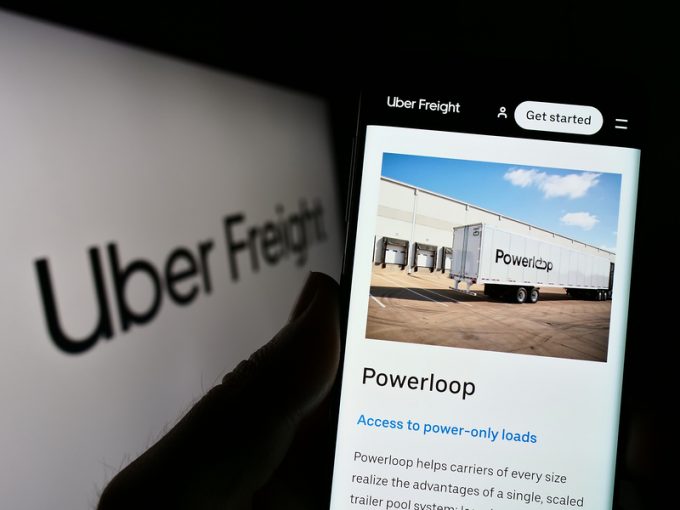Trucking capacity and storage costs under pressure as shippers re-route cargo
Trucking capacity, storage costs and rates are expected to come under pressure as shippers re-route ...

Uber Freight has ambitions beyond digital freight brokerage and transport management, releasing a raft of new products and services that position it as a software as a service (SaaS) provider.
The operator has spent $120m on new developments, chiefly on the technology side. According to management, this drive is “focused heavily on scaling enterprise applications that span logistics software solutions, generative AI and data-enabled insights tools, as well as innovative capacity and mode expansions”.
Lior Ron, founder and CEO, described the move ...
Asia-USEC shippers to lose 42% capacity in a surge of blanked sailings
Why ROI is driving a shift to smart reefer containers
USTR fees will lead to 'complete destabilisation' of container shipping alliances
New USTR port fees threaten shipping and global supply chains, says Cosco
Outlook for container shipping 'more uncertain now than at the onset of Covid'
Transpac container service closures mount
DHL Express suspends non-de minimis B2C parcels to US consumers

Comment on this article